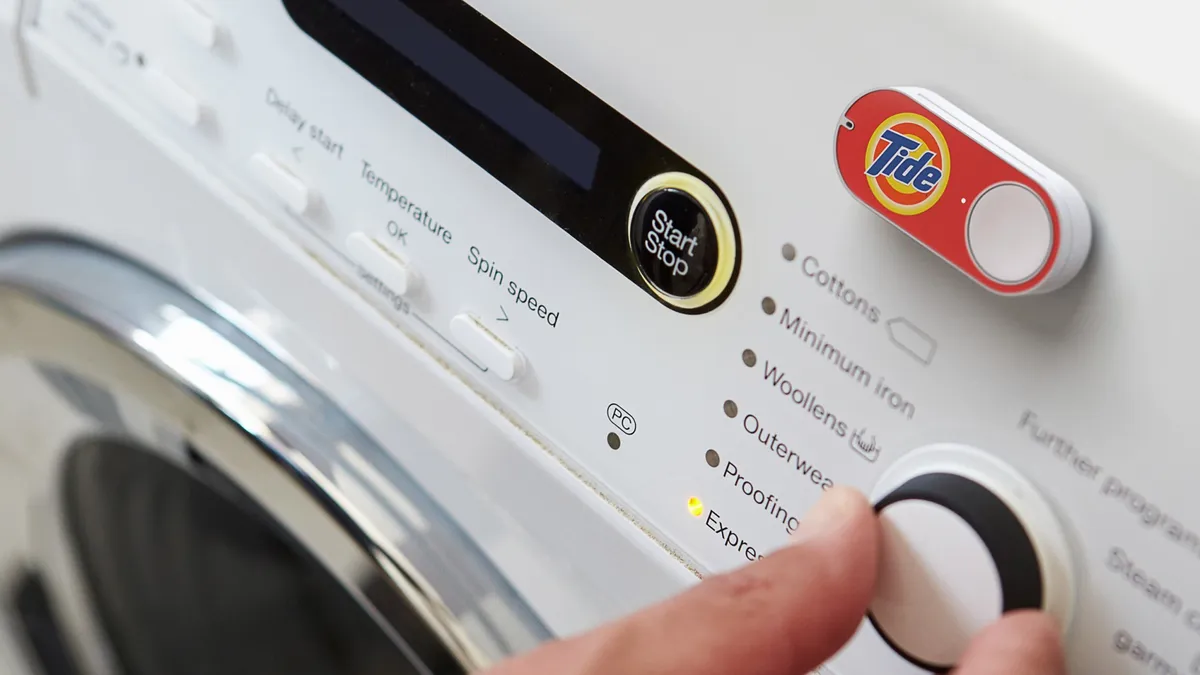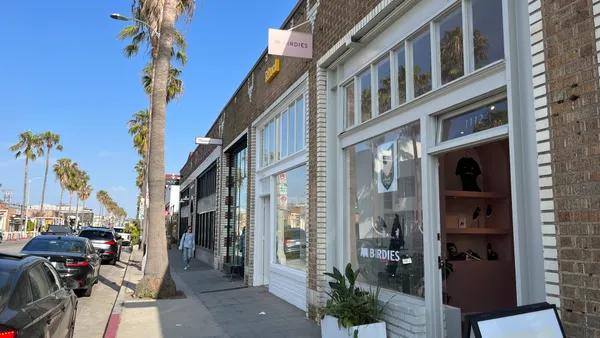Dive Brief:
-
After years of muted online sales, consumer packaged goods (CPG) are a growing segment of e-commerce retail, according to information from cloud-based platform and analytics firm 1010data. While total e-commerce grew by 30%, CPG grew at a faster 42% year over year.
-
Much of the growth, according to 1010data, was fueled by Amazon’s Subscribe and Save feature (SNS) because it’s the default selection for many Amazon users when they check out. In fact, more than 20% of all growth in CPG came from Amazon’s SNS, which itself grew by more than 200%, the study found.
-
Sales of laundry detergent saw the biggest growth, 85% year over year (and the biggest growth at Amazon in particular), and toothpaste the second with a 75% rise year over year. Pet food, which saw online sales grow 55% in 2015 to $760 million, is the biggest CPG category online. Facial moisturizers is second and fragrances third.
Dive Insight:
It makes sense that consumer goods would see a good percentage of sales online, considering that consumers tend to stay with their favorite brands and don’t need the “touch and feel” advantage found in a store. With fast delivery, including free two-day for Amazon’s Prime members, shoppers can easily replenish what they need with just a little forethought. Amazon’s own Amazon Elements line, a private label brand of CPG basics like baby wipes, was the fastest-growing brand among those on the site with more than $5 million in annual sales, the study found.
And Amazon’s Dash program could also help fuel growth, considering that replenishment can happen for users with, literally, the press of a button.
But e-commerce sales in consumer goods hasn’t been brisk, till now.
For example, according to 1010data, e-commerce accounts for less than 10% of total sales for CPG and sometimes closer to 5% for some of the biggest companies. Yet much their sales growth in the U.S. is now coming from e-commerce in many categories, 1010data said.
The firm looked at 40 CPG brands that brought in more than $20 million in yearly e-commerce sales last year, tracking online shoppers anonymously but with their permission.














